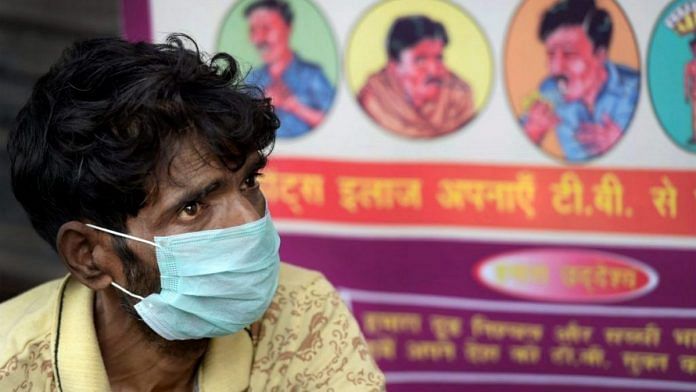Thuto Pulane had just wrapped up a promising internship in marketing when she lost 13 kilos over two months and started coughing up green phlegm.
She grew weaker and decided to visit a nearby clinic to get help after returning home from a family trip. Turns out Pulane had the world’s deadliest curable infectious disease, one she remembered learning about at school: tuberculosis.
The young woman was told the standard treatment would be a six-month course of antibiotics and she would risk contaminating her brother, who shares a house with her in South Africa’s northern city of Rustenburg.
“I was shocked, but also relieved to know what is was,” Pulane recalled in a recent interview. “Nobody likes taking medication for a long time.”
So when she heard about a clinical trial that could cut her treatment time to four months and reduce the threat she posed to others, she jumped at the opportunity. Pulane signed up to take the experimental antibiotic sorfequiline along with two older medicines. About two months later, she started feeling better.
The results of the study she joined, released Wednesday, show Pulane isn’t the only one who benefited from the treatment, a promising new tool as more tuberculosis strains evade prior antibiotics. TB isn’t just a historical footnote kept alive in La Traviata and Les Miserables. The curable disease killed 1.23 million last year, according to the World Health Organization.
Less Coughing
“Goals that once seemed wholly aspirational, like the eradication of TB, are made increasingly possible because of advancements like sorfequiline,” said Rod Dawson, the study’s lead researcher and the managing director at the University of Cape Town Lung Institute.
The new drug, developed by the not-for-profit TB Alliance, doesn’t just show promise to cut treatment times. The data indicate it has a better safety profile and the potential to defeat many strains that have become resistant to other antibiotics. Because it works more quickly, it means people spend less time coughing, sneezing or spitting, reducing the risk of contamination.
Like other infectious diseases, TB is usually spread among households. If doctors treat only one member of a family, the battle to fight the illness could already be lost and the risk of the bacteria becoming resistant to available regimen increases. In high-burden countries like India, for every person diagnosed and treated, about two go undiagnosed.
There are other promising advances in TB besides sorfequiline’s development, which could allow for an injectable formulation to cut treatment time further. In diagnostics, a pocket-sized, portable device that delivers same-day results from sputum or a simple tongue swab is being tested in Indonesia.
Pulane, for one, wore a mask as soon as she was diagnosed, even at home, for the first couple months after treatment started. She also reconsidered how she used public transport, frequented shops or met with friends. After she felt better, she was able to drop the mask entirely. Thanks to her efforts, her brother is still tuberculosis-free.
(Reporting by Janice Kew)
Disclaimer: This report is auto generated from the Bloomberg news service. ThePrint holds no responsibility for its content.
Also read: India’s dementia care relies on informal workers. We need a registry to validate their skills






